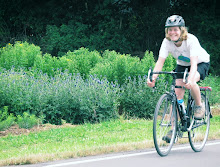In the summer of 2008, farmer Harry MacCormack did something on his land that hasn’t been done in the Willamette Valley for over twenty years. In this small act, unbeknownst to most of his neighbors in nearby Corvallis , Oregon
So what was MacCormack up to on his farm last summer? He was growing beans. As food and fuel prices rise around the world and Oregon
MacCormack’s experimental planting, known by the coalition of farmers, distributors and retailers he works with as the “Bean and Grain Project,” could be the alternative. But the initiative is not without its detractors: some environmentalists say that attempting to grow certain crops in Oregon
Read more about the bean and grain project here: http://www.mudcitypress.com/beanandgrain.html




No comments:
Post a Comment